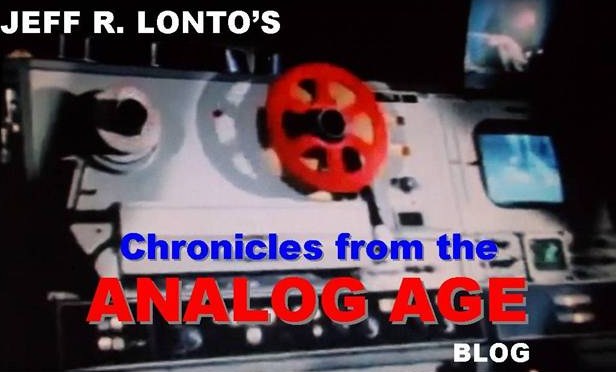Since the mid Twentieth Century, around the month of May, a slogan has occasionally appeared in some beer and liquor advertising: "May is National Tavern Month."
 |
| |
National Tavern Month was established in 1953 by the National Licensed Beverage Association and continues to be promoted by its successor organization, American Beverage Licensees (ABL), based in Bethesda, MD. In recent years the name has been shortened to just Tavern Month. It's unclear as to why the month of May was chosen (some point out the fact that Mother's Day falls in the same month), but according to the ABL, state and local governments have recognized Tavern Month over the years. The special month has a number of goals, including highlighting the hard work of the men and women in the licensed beverage industry, recognizing the "important role that taverns and bars play in American culture," emphasizing "the overwhelmingly positive impact that bars and taverns have on their communities," encouraging support for locally owned businesses and licensees, increasing "awareness of the steps that bars and taverns are taking to ensure the responsible service of beverage alcohol," and to "Increase appreciation of the link taverns provide between customers and the thousands of beer, wine and spirits products on the market."

Said ABL Executive Director John Bodnovich in a 2015 press release, "Whether you're watching the big game, meeting a colleague after work, or dropping in to say hello to your favorite bartender, Tavern Month is a chance to celebrate the culture of the American tavern. In addition to their people and personalities, America's bars and taverns are also a key component of the economic engine that is the hospality industry."
The ABL further pointed out in its press release the historic nature of the American tavern. "From the Colonial Era through Prohibition and into the 21st century, American bars and taverns have been central gathering places for community residents and welcoming sanctuaries for weary travelers. Bars and taverns know no class hierarchy, providing a common forum for those from all professions and walks of life to discuss ideas and offer their assessment of the American landscape."
In 1956, when the fourth annual National Tavern Month was being celebrated, Associated Press reporter Hal Boyle took a humorous look at it in an article that was published in the Spencer (Iowa) Daily Reporter for Wednesday, May 16, 1956.
 "(T)he sponsors of National Tavern Month...don't expect the populace to turn the occasion into another Fourth of July, and go around shooting off firecrackers. But they do think it would be nice if you'd drop into your favorite tavern for a friendly drink at the pump, and pause for a moment in silent reverie over the long and important role taverens have played in history...
"(T)he sponsors of National Tavern Month...don't expect the populace to turn the occasion into another Fourth of July, and go around shooting off firecrackers. But they do think it would be nice if you'd drop into your favorite tavern for a friendly drink at the pump, and pause for a moment in silent reverie over the long and important role taverens have played in history...
"What can the average man do to honor National Tavern Month?...I consulted a number of bartenders on what form they honestly would like this testimonial to take...
“'I’d be satisfied if a guy would just order a martini,' one
said, “'without adding – "and be sure to make it extra dry." Nobody ever orders
a wet martini.'
“'Just tell women – all women to stay out of the bar for the
whole month—and give us a rest,' said one lady-hating bartender.
"But most of the bartenders surveyed said something like
this; 'If the customers would just shut up about their troubles for a while –
and listen to our troubles—life would be a dream.'
"There you are. For most of the year the bartender is a
standing psychiatrist to his patrons. Why not, just for a month, become his
psychiatrist?
"The poor fellow might be so humbly grateful to find a
listening ear he’ll break down and even buy a drink on the house. Don’t count
on this, however, not even during National Tavern Month."
 With recent talk about nations expanding nuclear capabilities and a renewed arms race, we take a look at a booklet issued by the Federal Civil Defense Administration, issued in 1957 and directed at average Americans, called "Facts About Fallout."
With recent talk about nations expanding nuclear capabilities and a renewed arms race, we take a look at a booklet issued by the Federal Civil Defense Administration, issued in 1957 and directed at average Americans, called "Facts About Fallout." 






























